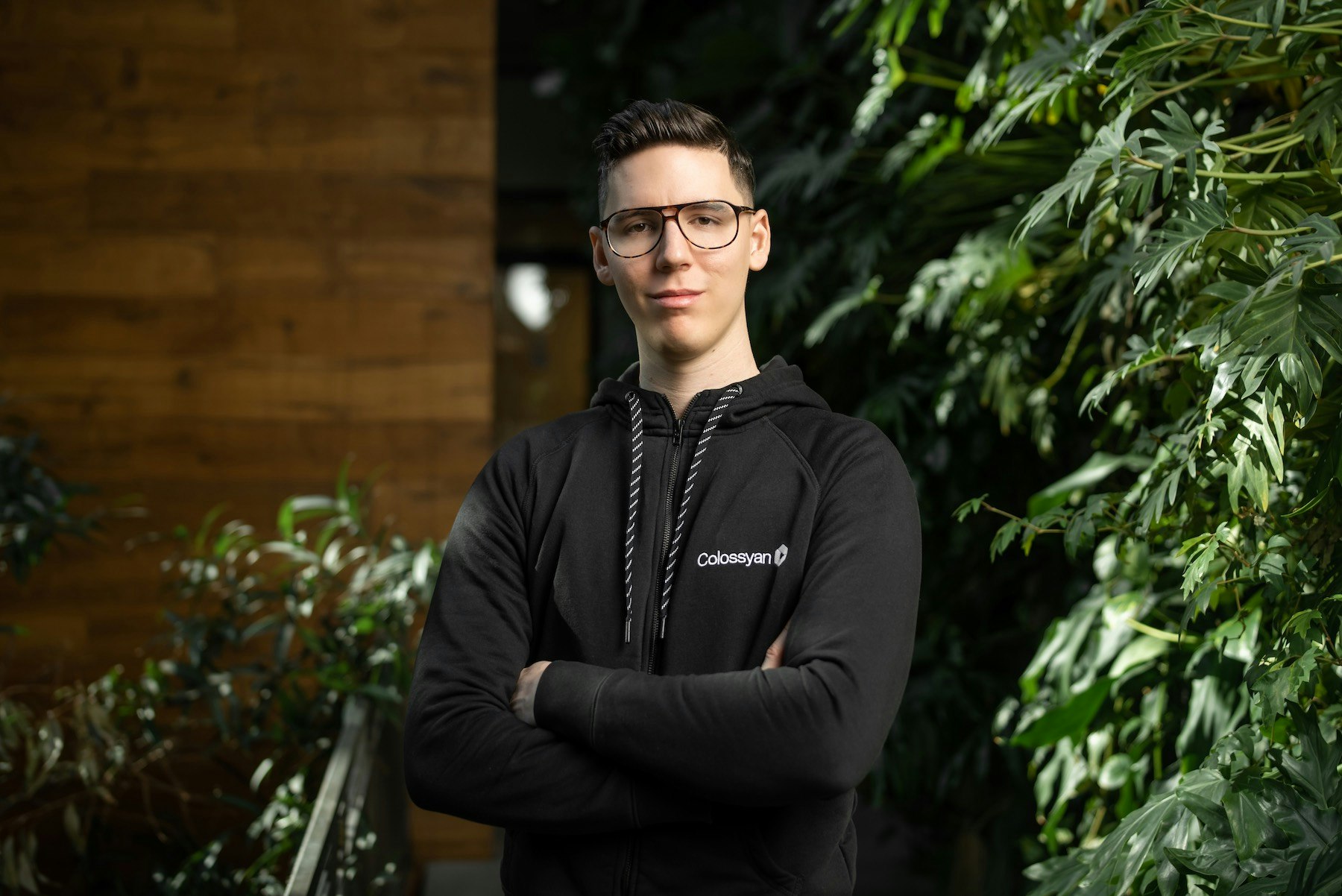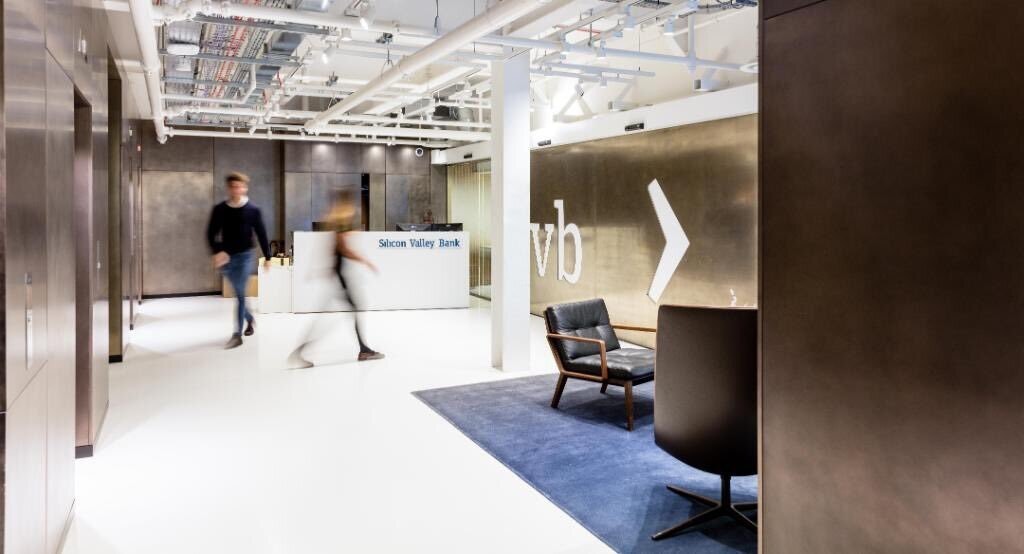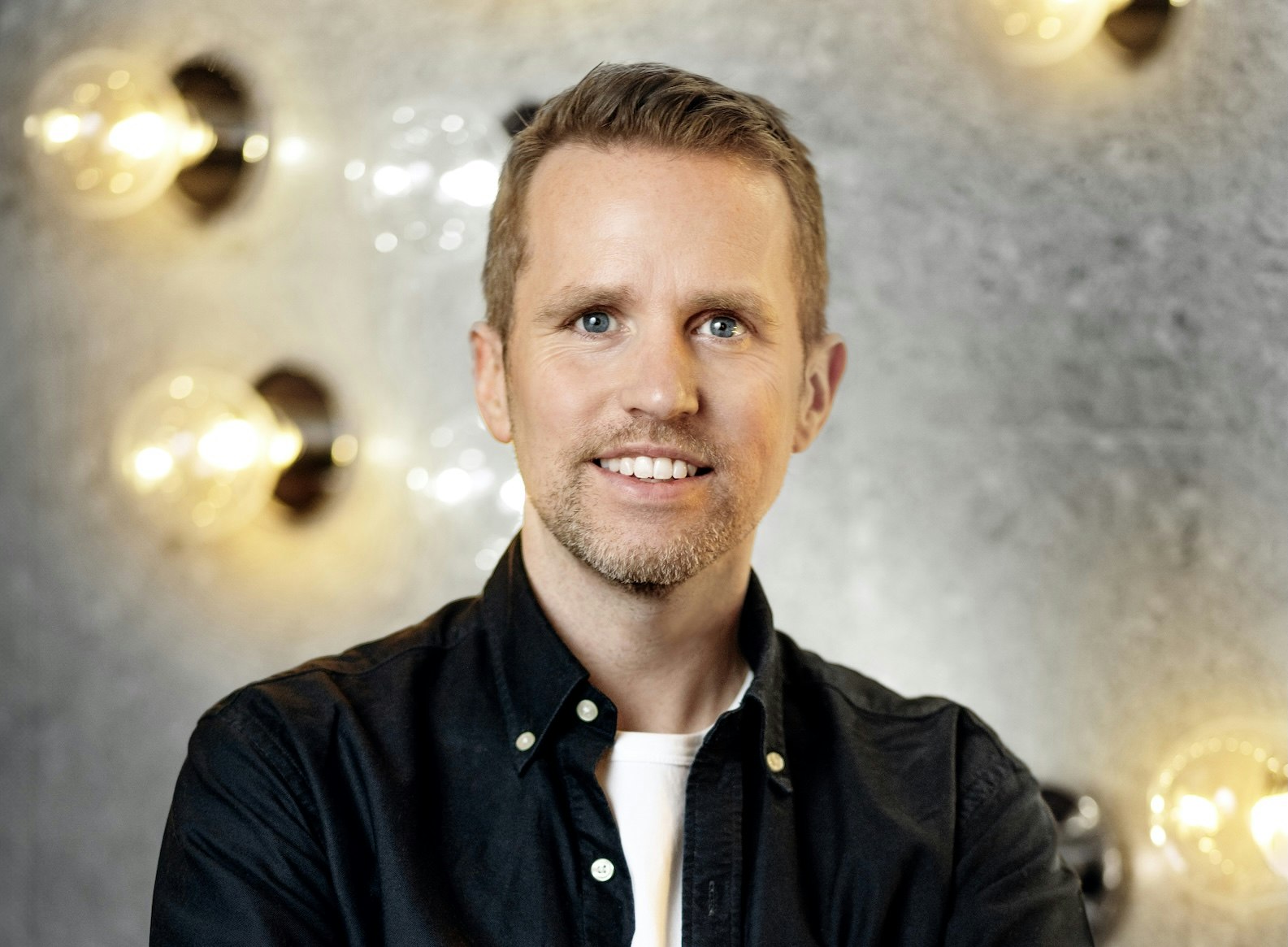Raising Series A funding is a sign you’re reaching the business end of starting to scale your startup — but how do you know where to spend it?
Sifted turned to VCs and startups who’ve been through the process to find out.
Here’s how to make the most of Series A funding.
What is Series A funding?
Series A funding is the next significant stage of funding you’ll raise after a seed round. “Generally speaking, Series A is the phase where you professionalise all aspects of the company, whereas the seed stage is still more about exploration and experimentation,” says Andreas Goeldi, partner at b2venture (formerly btov Partners).
It’s likely the first round where you’ll need a long-term roadmap for monetisation and profitability to pull in investors. As such, VCs are less interested in the concept and creativity of founders, and more in the facts of the business.
👉 Read: 10 types of funding for startups — explained
Neeral Shah, founder of construction supply chain marketplace YardLink, which raised a $17.5m Series A in October 2022, says that “there was a lot of detail put into the metrics and our financial model, and the assumptions behind the metrics — way more than I'd expected. I think that was the real eye-opener: it's like a real business now, you really need to show the metrics and show that you have the numbers to back up the story.”
How much should you raise?
The amount raised can vary, but is typically between €6m-15m, says Goeldi; according to Crunchbase data, European Series A rounds averaged at $14.2m in the heady days of 2021. Though market conditions affect that figure, and it’s worth asking investors for advice before settling on a goal.
Dominik Mate Kovacs, cofounder of text-to-video generative AI startup Colossyan, shares that the startup’s initial Series A fundraising goal was a modest $1.6m-1.8m, with the expectation of sustaining a low burn for a runway of 12-18 months.
After speaking with investors and checking market conditions, he tells Sifted, the company changed tack and adjusted its goal to see the startup through at least two years. When the round closed in February, the team ended up with $5m.

What should you spend your Series A funding on?
Your Series A spend should focus on “KPIs and their development over time”, says Mathias Ockenfels, general partner at VC Speedinvest.
That involves:
- Finding and developing scalable growth channels — for example, scaling your marketing spend while delivering and further optimising healthy unit economics. That could involve keeping a low churn rate and a high level of customer retention as the user base grows, and maintaining — or even boosting — the lifetime value of each customer by ensuring the time between subscribing and churning doesn’t narrow.
- Building out the leadership and management team to fill any gaps in experience or skills, and prove you can attract top talent. Filling out the C-suite should be a priority, but so too should appointing roles that sit underneath it, like VPs of sales or marketing. The most important roles will differ across companies and sectors: a chief financial officer would be a more urgent hire at a fintech than at a deeptech company, and a chief marketing officer would be more valuable than finance-focused roles at a consumer tech startup, for example.
- Proof that your go-to-market approach is working and delivering results: identify metrics in the company’s go-to-market strategy that can be tracked, like customer conversion rate and revenue growth.
These three areas can look slightly different depending on industry. For a deeptech startup, for example, immediate profitability or being ready to hit the market might not be a priority, as the team “can raise their Series A on the promise of future revenues” — whereas a consumer tech company “will already need to show real revenues and prove active usage/users of its product”, says Ockenfels.
Goeldi backs this up, adding: “A SaaS business would probably spend around 40-50% [of Series A funding] on sales and marketing, 30-40% on R&D and the rest on building out the company's infrastructure. A consumer business might spend even more on marketing, while deeptech companies often stay very R&D-heavy until much later in the funding cycle.”
Karel Callens, the cofounder of B2B embedded analytics software company cumul.io, says that his team set out clear targets to prove one key goal with each raise — its seed round, for example, was used to internationalise the product, which is now available in 35 countries. Once that goal was met, it turned towards Series A funding which, he says, will be used to encourage wider adoption of the product.
To achieve that, the startup plans to hire across teams. Rather than focusing solely on sales and marketing to spread the word, the cash will also be used on product and engineering, to ensure new customers have a fully functional product to hand, rather than something that is being frequently built upon while they use it. Boosting sales and marketing can increase interest, Callens says, but you risk “high churn early on if the service doesn’t match up”.

YardLink took a similar approach. The team plans to spend around 30-40% of its Series A funding on product and tech, balanced with bolstering sales and marketing alongside managing operational processes and costs. That balance, founder Shah says, will be a common one across B2B startups, regardless of industry.
As a user experience platform, the majority of employment pre-screening test and assessment platform TestGorilla’s $70m Series A, which it raised in June last year, has been dedicated to developing the platform’s product technology and content, alongside improving accessibility by adding 12 new languages. With the luxury of a large raise, founder Wouter Durville says it invested in building a leadership team to “build the foundations now and capture the next wave of growth”.
TestGorilla also used its Series A funding to hire a sales team for the first time. Colossyan’s founder Kovacs says it did the same — until it raised he’d managed all of the sales himself, before hiring a head of marketing with the Series A cash.
What happens after Series A funding?
After you’ve raised Series A your attention will naturally turn to Series B funding — but in current market conditions, some founders are putting off raising until the worst of the economic storm is over. According to Dealroom data, as of March 29, 2023 the amount invested in Series B+ deals in Europe so far this year sits at $8.4bn across 189 rounds. That’s the lowest amount invested in a quarter since Q2 2020 and the lowest deal count since Q3 2020. Though there is typically a reporting lag, so this may change.
YardLink’s Shah says that when raising its Series A in October last year he already had the next funding round in mind, aware that some companies make the most of the momentum and move onto the next stage quickly.
With the economic tides turning, though, the team is no longer thinking about raising its Series B anytime soon: it would be “super daunting” to face current conditions, Shah says, so building a sustainable business without reliance on VC cash is the new mission.
Though scaling to the next level might be an exciting prospect, Goeldi advocates for caution over getting carried away too soon: “You can always speed up growth later once the market stabilises, but currently the market for Series B rounds is very difficult, so it's wise to be capital-efficient.”



